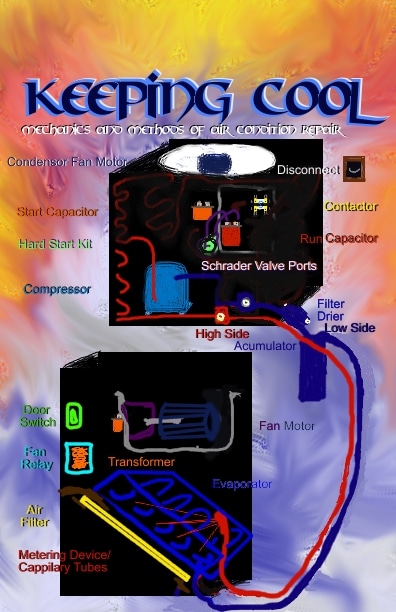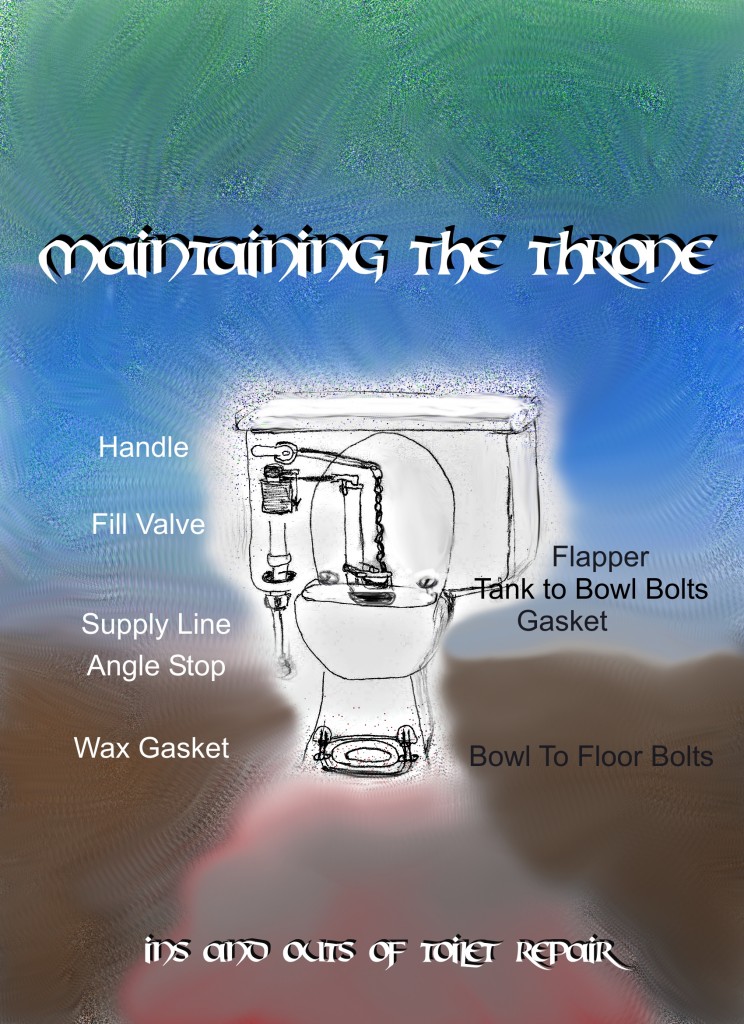While R410A air conditioning puts out more cooling BTU’s it often uses more electrical energy in the short and/or long run.
R410A equipment often has a higher amp draw requiring wiring upgrades, larger breakers, larger wires, larger electrical whips, and fuses etc…
Often evaporator coils and line sets need to be replaced to accommodate the higher pressures that R410a uses.
ISCEON® MO99™ (alternatively called R-438A) retrofit has far less of an environmental impact.
R-22 system does not need to be flushed when retro fitting to ISCEON MO99. For R-410A retrofit, system must be flushed and oil changed.
For ISCEON MO99 retrofit, oil does not need to be replaced. R-410A uses a different oil type (poe (polyester) oil) that will not mix right with R-22’s oil type (mineral oil) and so oil must be changed.
ISCEON MO99 can be used with existing R-22 condensors and evaporators as long as Schrader valves and or seals are replaced. (ISCEON MO99 refrigerant causes seals that have been using R-22 to shrink.) R-410A uses higher pressures and should not be used with R-22 compressors so whole condensers are usually replaced, seals and all.
ISCEON M099 has a lower operating temperature at the compressor and is slightly easier on the compressor the heart of the air condition system.
Both R410A and ISCEON MO99 are not going to be phased out thru the Montreal Protocol like R-22 in 2020.
ISCEON M099 does not damage the ozone layer. (At least not like cows do! Or R-22)
Of course all of this is debatable and that should be interesting so let’s get at it. If you have some ideas why you think R-410A (or another refrigerant) is the way to go I would love to hear them. Alternatively, if you have any more points about the benefits of ISCEON MO99 (R438A) that would be cool. Share your experiences here on The KFM Blog as a response. If I think they are worthy I will post them as long as things are kept clean. Fair Enough?
~~~ Keep it Cool ~ Keep It Real ~~~
~~~~~~~~~~ Kung Fu Maintenance ~~~~~

